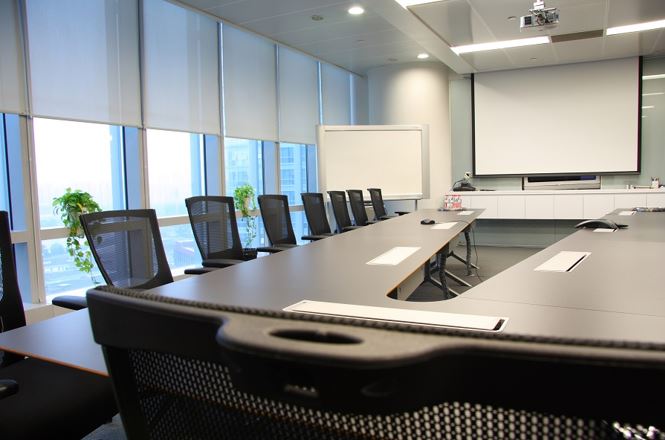Video conferencing systemsutilize many components and do not work if any of them is not functional. Hence, it is not a single unit operation. Many things combine and produce the effect of a real-time video chatting. The components required for video conferences are discussed here.
A webcam
It is the component that transfers your visual data to the other end. Earlier, there were cameras which could only click pictures. But with time camera technology has been developed so much that videos transmission between places have become possible. A video is nothing but thousands of pictures playing so quickly that the human eye considers them as one single event.
Webcam quality is continually increasing and different video cams are used for different output equipment. The desktop setup has an installed webcam according to the processor and you don’t have to look up for an appropriate one. For codec and integrated systems, two or more digital processing webcams are used to cover the space perfectly. The videos are viewed on monitor-dependent or independent screens.
Audio inputs
These are the devices that aid in audio transmissions. These are the most common devices globally and are utilized in mobile phones, radios, laptops, walkie-talkies, and telephones. Microphones of various size and abilities are used. These microphones are either placed on individuals for telepresence, in varying locations of the room for integrated systems, or inside the desktops and other systems.
The quality of the packets cannot be controlled by user, however, by using quality microphones and placing them correctly can aid you in impeccable speech transfer.
Codec
As the video conferencing systems transfer visual and audio data, they are huge in size. Their bandwidths are large and their accurate transmission is a tedious task, especially in long distances. Codec comes in here and helps solve the problem with encoding/decoding abilities. What it does is compressing of the data into digital packets.
It compresses the data at one point and reforms it in original bandwidth at the end point or the receiver’s end. The packets are transferred through IP networks. Codec devices that have a seemingly fair rate of compression between the audio and video data should be used. So that the playbacks support each other. Currently, 1:500 compression rates are in use.
Endpoint devices
These are devices which cater to all the outputs in a conference. These devices include an output screen which can be a TV, desktop, projector, etc. Speakers and receivers are used for the audio outputs. These devices are not hard-wired and can be tailored to your needs depending upon the location where you want the output.
The perfect co-operation
Just like the brain is the coordinator of the central and peripheral nervous system, the right computer system is the root of any good video conference. Depending upon the type of the video conference, and the quality needed, computers come in different ranges to suit your need.
By combining all the supported equipment and linking them you can create profound video conferencing systems.

